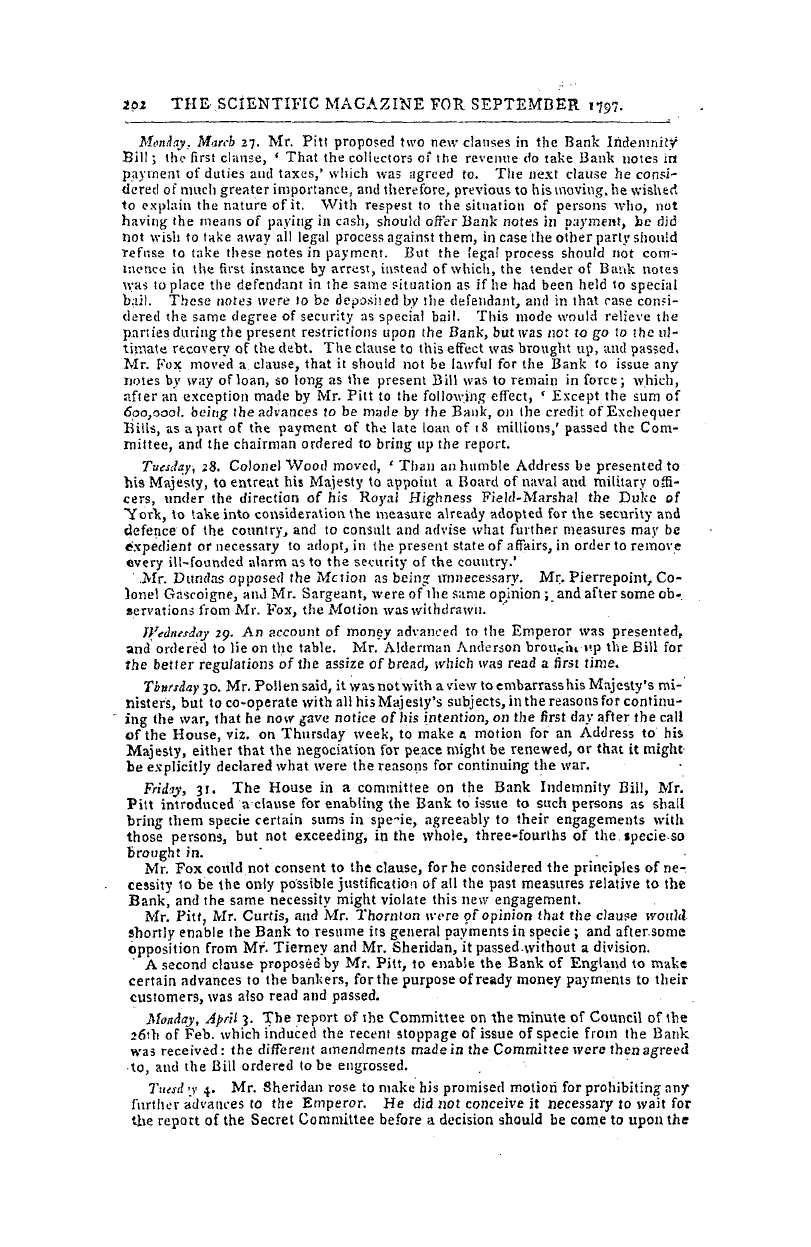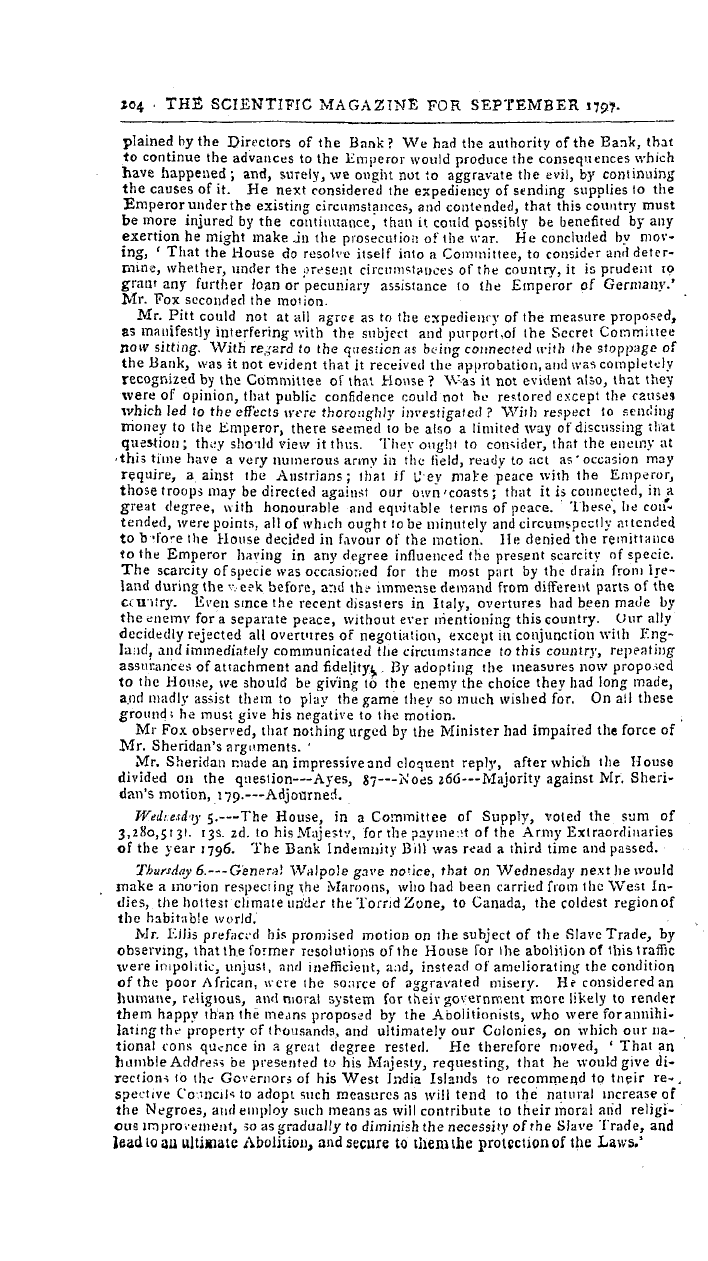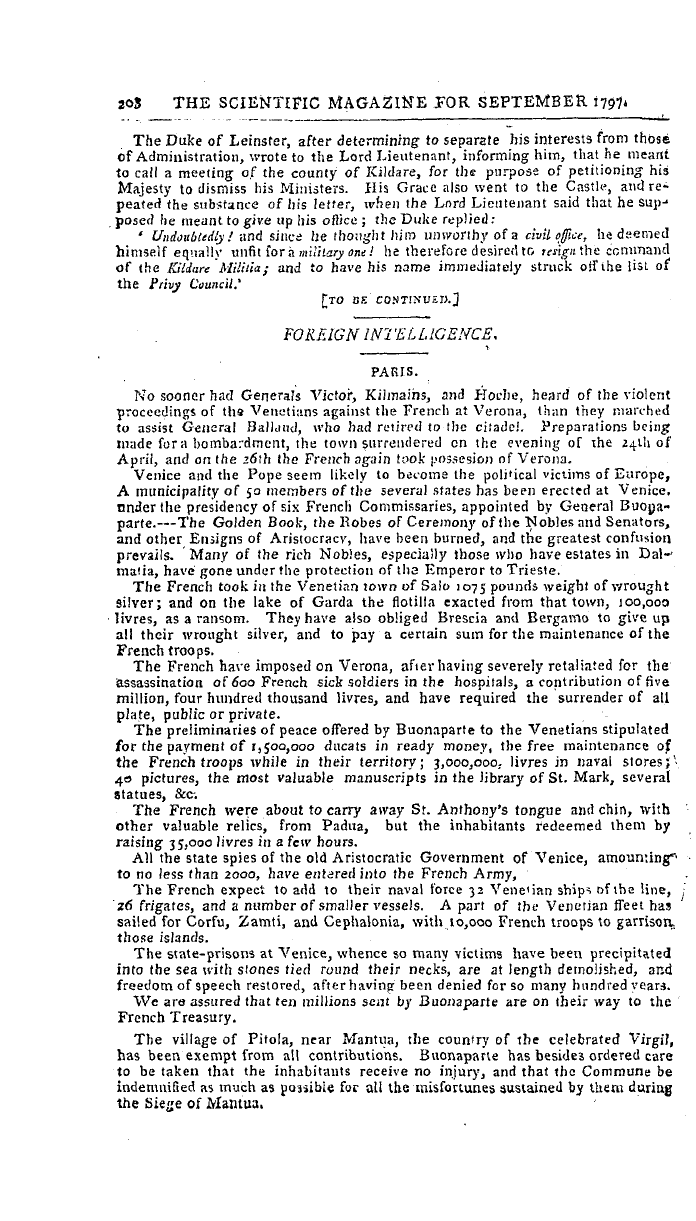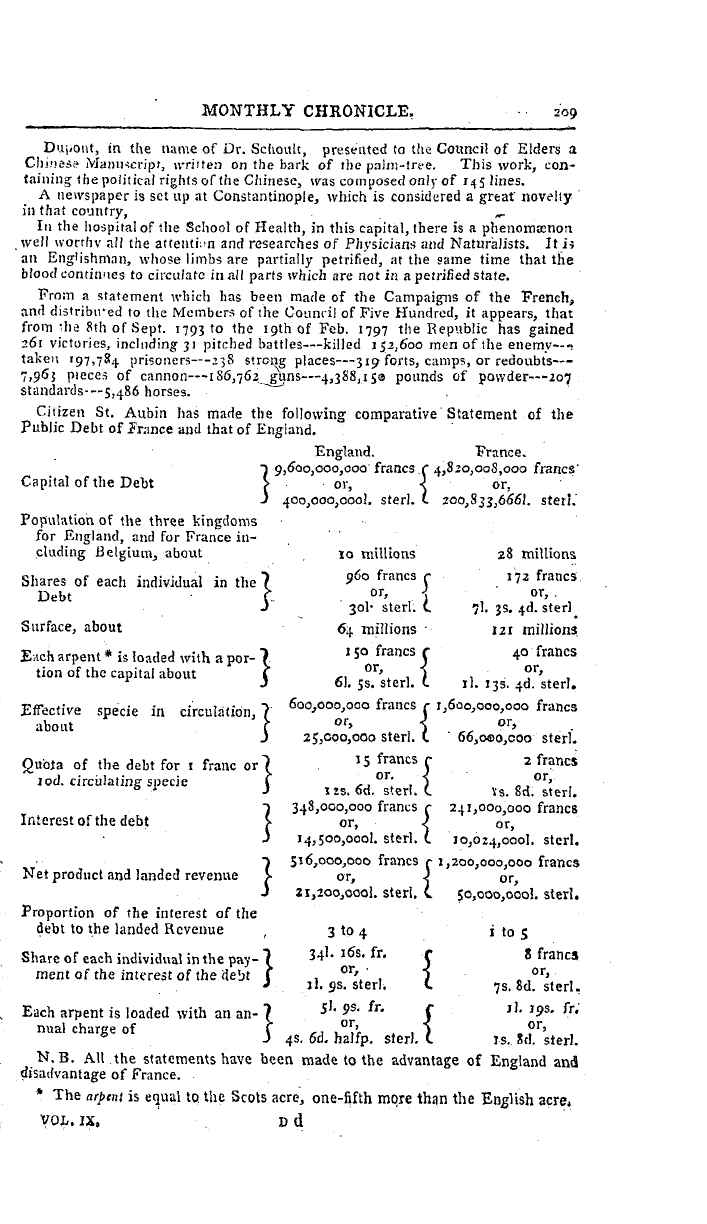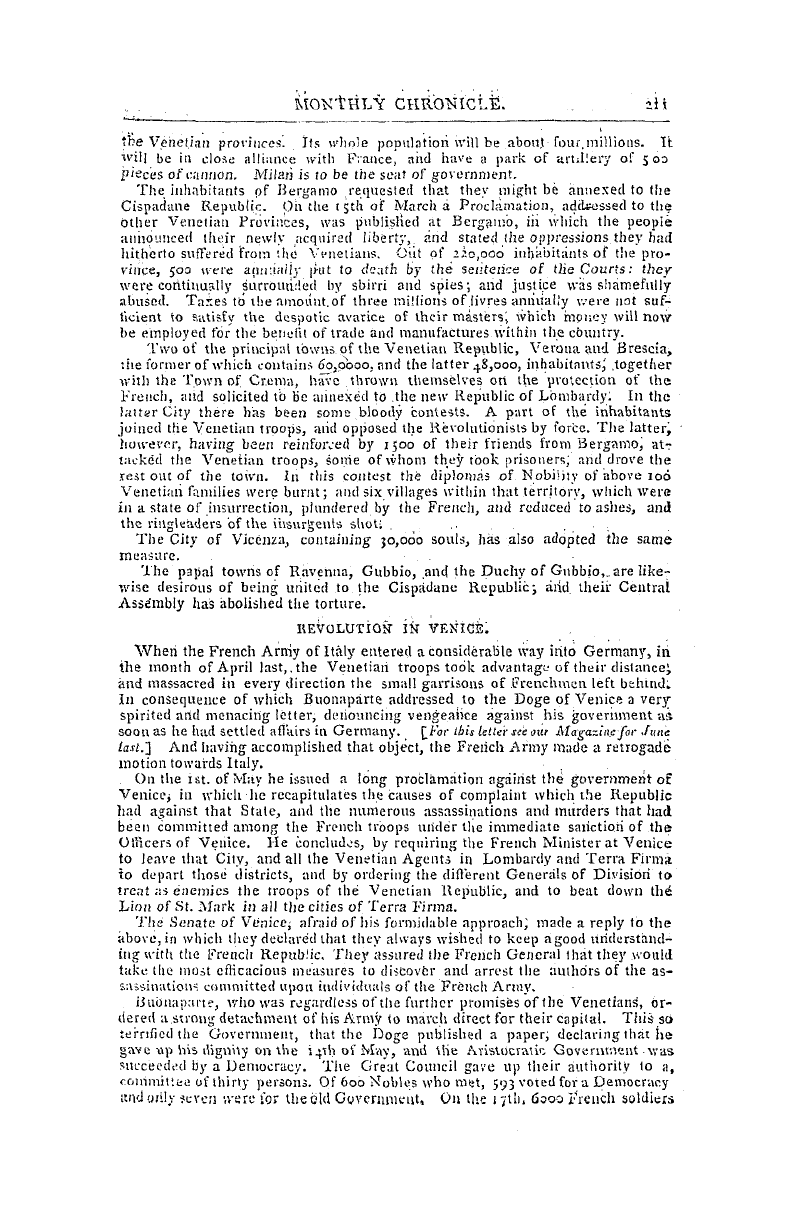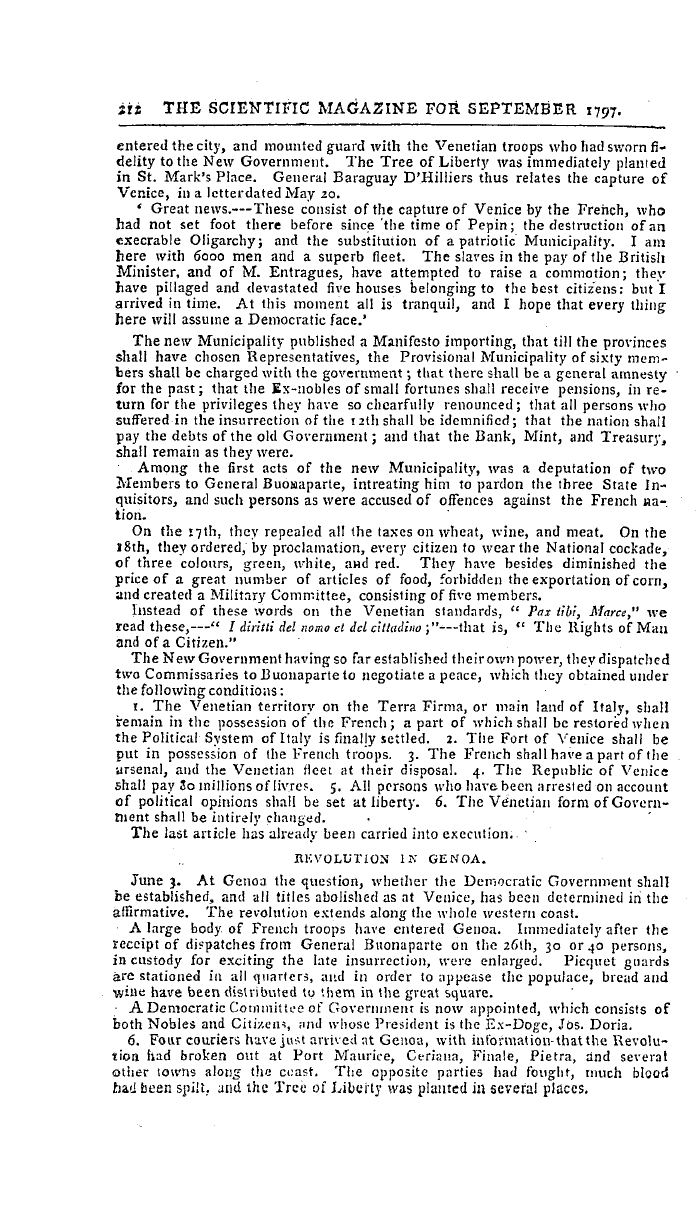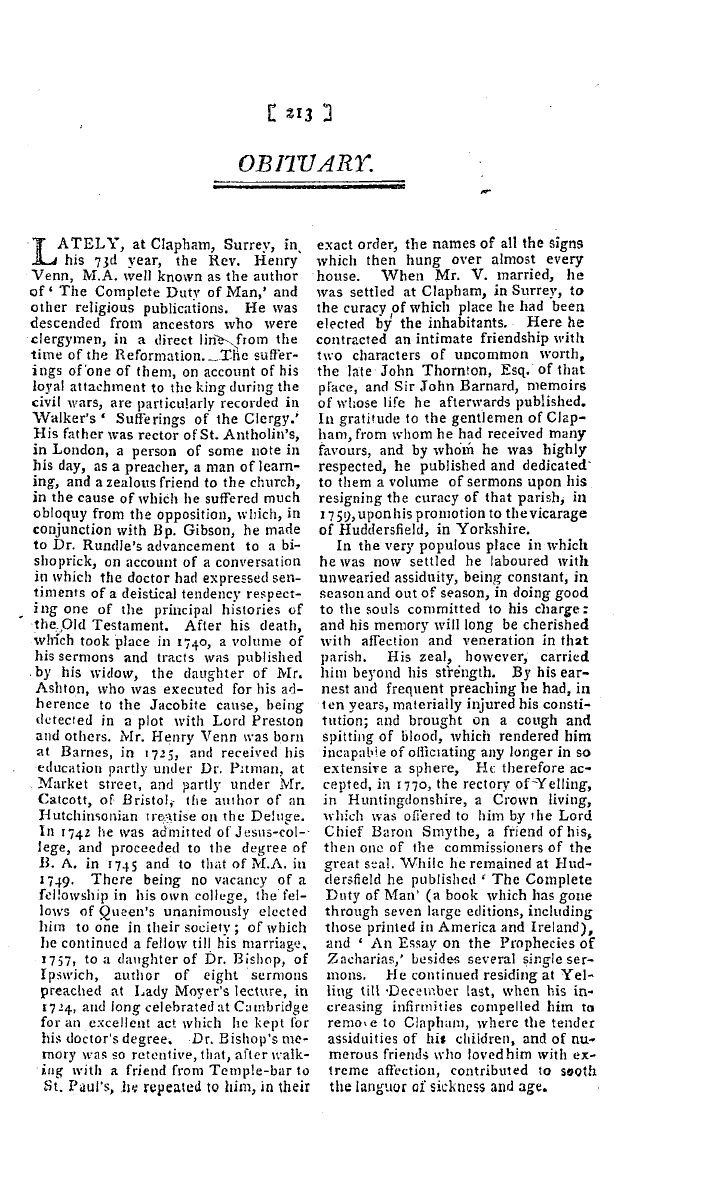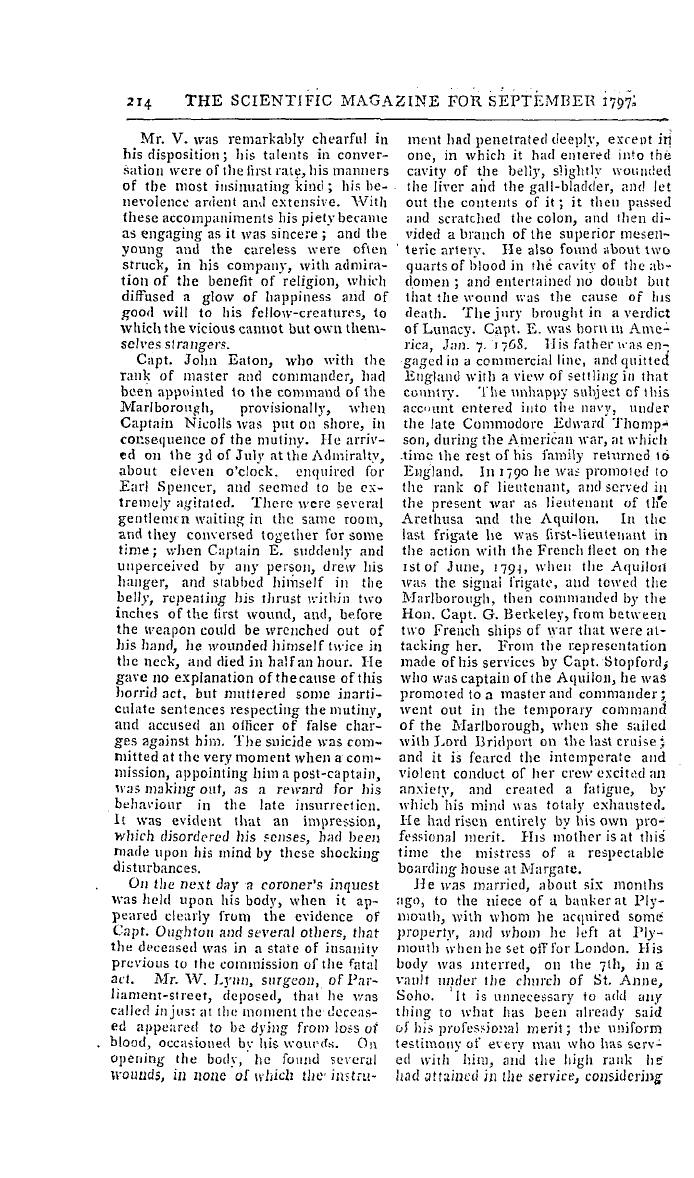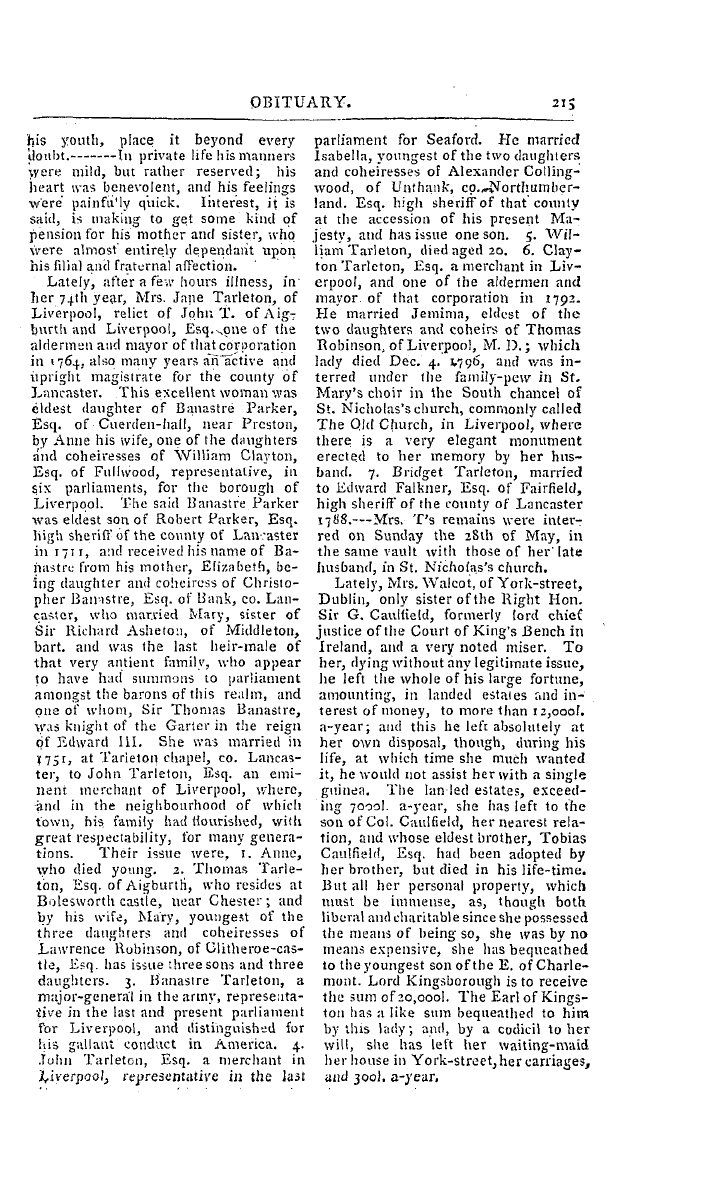-
Articles/Ads
Article A BRIEF SYSTEM OF CONCHOLOGY. ← Page 4 of 4
Note: This text has been automatically extracted via Optical Character Recognition (OCR) software.
A Brief System Of Conchology.
Of these some are found remaining almost entirely in their native state , but others are variously altered by being impregnated with particles of stone and of other fossils ; in the place of others there is found mere stone or spar , or some other native mineral body , expressing all their lineaments in the most exact manner , as having been formed wholly from them , the shell having been first deposited in some solid matrix , and thence dissolved by very slow degrees , and
this matter left in its place , on the cavities of stone and other solid substances , out of which shells had been dissolved and washed awa 3 - , being afterwards filled up less slowly with these difterent . su'bstances , whether spar or whatever else : these substances , so filling the cavities , can necessarily be of no other form than that of the shell ,
rathe absence of which the cavity was owing , though all the nicer lineaments may not be soexactlyexpressed . Besides these , we have also in mail ]' places masses of stone formed within various shells ; and these having been received into the cavities of the shells while they were perfectly fluid , and having therefore nicety filled all their cavities , must retain the perfect figures of the internal part of the shell , when the shell itself should be worn away or perished from their outside .
The various species we find of these are , in many genera , as numerolis as the known recent ones ; and as we have in our own island not only the shells of our own shores , but those of many other very distant ones , so we have also many species , and those in great numbers , which are in their recent state , the inhabitants of other vet unknown or
unsearched seas and shores . The cockles , muscles , oysters , and the other common bivalves of our own seas , are very abundant : but we have also an amazing number of the nautilus kind , particularly of the nautilus graecorum , which though a shell not found living in our own or any neighbouring seas , yet is found buried in all our clay-pits about London and elsewhere ; and the most frequent of all fossil shells in some of our counties are the conchte anomise , which yet we know not of in any part of the world in their recent state . Of this sort also are the cornua ammonis and the giyphilte , with several of the echintte and others . i
The exact similitude of the known shells , recent and fossil , in their several kinds , will by no means suffer us to believe that these , though not yet known to us iu their living state , are , as some have idly thought , a sort of lusus natural . It is certain , that of the many known shores , very few , not even those of our own island , have been vet carefully searched for the shell-fish that inhabit them ; and as we see
in the nautilus graecorum an instance of shells being brought from very distant parts of the world to be buried here , we cannot wonder that yet unknown shores , or the unknown bottoms of deep seas , should have furnished us with many unknown shell-fish , which mayhave been brought with the rest ; whether that were at the time of the general deluge , or the effect of any other catastrophe of a like kind , or by whatever other means , to be left ia ( he yet uuhui'dened matter of ourstutiey and clayey strata .
Note: This text has been automatically extracted via Optical Character Recognition (OCR) software.
A Brief System Of Conchology.
Of these some are found remaining almost entirely in their native state , but others are variously altered by being impregnated with particles of stone and of other fossils ; in the place of others there is found mere stone or spar , or some other native mineral body , expressing all their lineaments in the most exact manner , as having been formed wholly from them , the shell having been first deposited in some solid matrix , and thence dissolved by very slow degrees , and
this matter left in its place , on the cavities of stone and other solid substances , out of which shells had been dissolved and washed awa 3 - , being afterwards filled up less slowly with these difterent . su'bstances , whether spar or whatever else : these substances , so filling the cavities , can necessarily be of no other form than that of the shell ,
rathe absence of which the cavity was owing , though all the nicer lineaments may not be soexactlyexpressed . Besides these , we have also in mail ]' places masses of stone formed within various shells ; and these having been received into the cavities of the shells while they were perfectly fluid , and having therefore nicety filled all their cavities , must retain the perfect figures of the internal part of the shell , when the shell itself should be worn away or perished from their outside .
The various species we find of these are , in many genera , as numerolis as the known recent ones ; and as we have in our own island not only the shells of our own shores , but those of many other very distant ones , so we have also many species , and those in great numbers , which are in their recent state , the inhabitants of other vet unknown or
unsearched seas and shores . The cockles , muscles , oysters , and the other common bivalves of our own seas , are very abundant : but we have also an amazing number of the nautilus kind , particularly of the nautilus graecorum , which though a shell not found living in our own or any neighbouring seas , yet is found buried in all our clay-pits about London and elsewhere ; and the most frequent of all fossil shells in some of our counties are the conchte anomise , which yet we know not of in any part of the world in their recent state . Of this sort also are the cornua ammonis and the giyphilte , with several of the echintte and others . i
The exact similitude of the known shells , recent and fossil , in their several kinds , will by no means suffer us to believe that these , though not yet known to us iu their living state , are , as some have idly thought , a sort of lusus natural . It is certain , that of the many known shores , very few , not even those of our own island , have been vet carefully searched for the shell-fish that inhabit them ; and as we see
in the nautilus graecorum an instance of shells being brought from very distant parts of the world to be buried here , we cannot wonder that yet unknown shores , or the unknown bottoms of deep seas , should have furnished us with many unknown shell-fish , which mayhave been brought with the rest ; whether that were at the time of the general deluge , or the effect of any other catastrophe of a like kind , or by whatever other means , to be left ia ( he yet uuhui'dened matter of ourstutiey and clayey strata .


























































